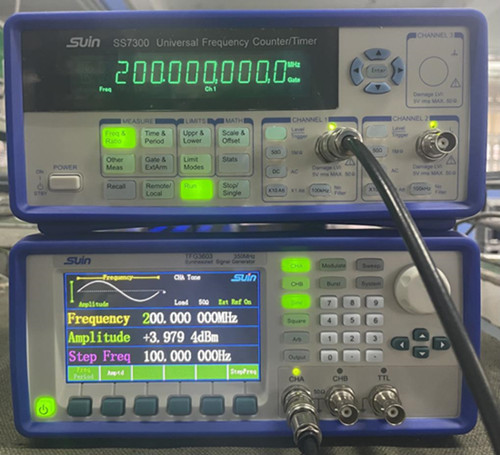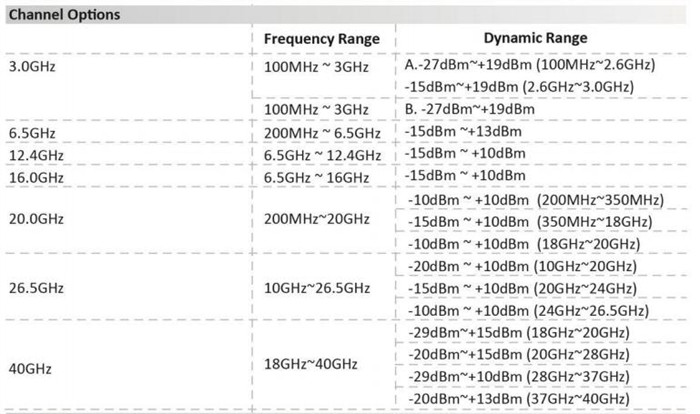Mar. 20, 2024
Frequency measurement plays a very important role in the field of electronic engineering. Whether in communication systems, power systems or other fields, accurate measurement of the frequency of signals is essential. In communication systems, frequency measurements are used to ensure that the signals being sent and received are in the correct frequency range. For example, during modulation and demodulation, the frequency of a signal needs to be measured accurately to ensure that the information is transmitted correctly. In power systems, frequency measurements are critical to maintaining the stability of the power grid, where variations in frequency can lead to faults or instability in the power system.
The frequency range can be divided into three parts: low frequency: below 200Hz, medium frequency: 200Hz-6khz, and high frequency: above 6KHz. In the market, the most commonly used equipment for measuring frequency are oscilloscopes, spectrum analyzers, and frequency counters, of which oscilloscopes are relatively low in frequency measurement accuracy and have large errors. The spectrum analyzer can accurately measure the frequency and display the spectrum, but measurement speed is slow and cannot quickly track and capture the change of the measured signal frequency in real-time. The frequency meter can quickly and accurately capture the change in the frequency of the measured signal, and it has a wider range of applications.
Now, we take the Suin SS7300 frequency counter as an example to introduce its frequency measurement function:
SS7300 has three output channels, with 1 and 2 channels measuring up to 200MHz.
Set the frequency of the signal generator to 200MHz, select the frequency measurement function, and the measurement results are shown in Fig 1:

Fig 1. Frequency Measurement
Channel 3 can be equipped with channel options in a higher frequency range to meet customer needs, as shown in Fig 2, and can reach up to 40GHz.

Fig 2. Channel Options
If you have frequency measurement needs, welcome to consult.
Previous: Key Considerations to Keep in Mind When Searching for a Vintage Guitar for Sale
Next: None
If you are interested in sending in a Guest Blogger Submission,welcome to write for us!
All Comments ( 0 )